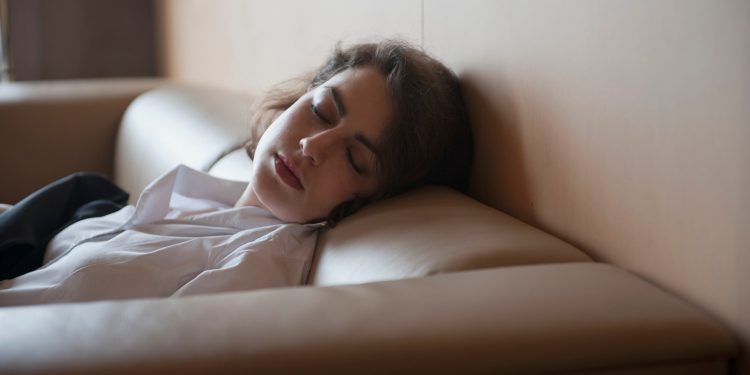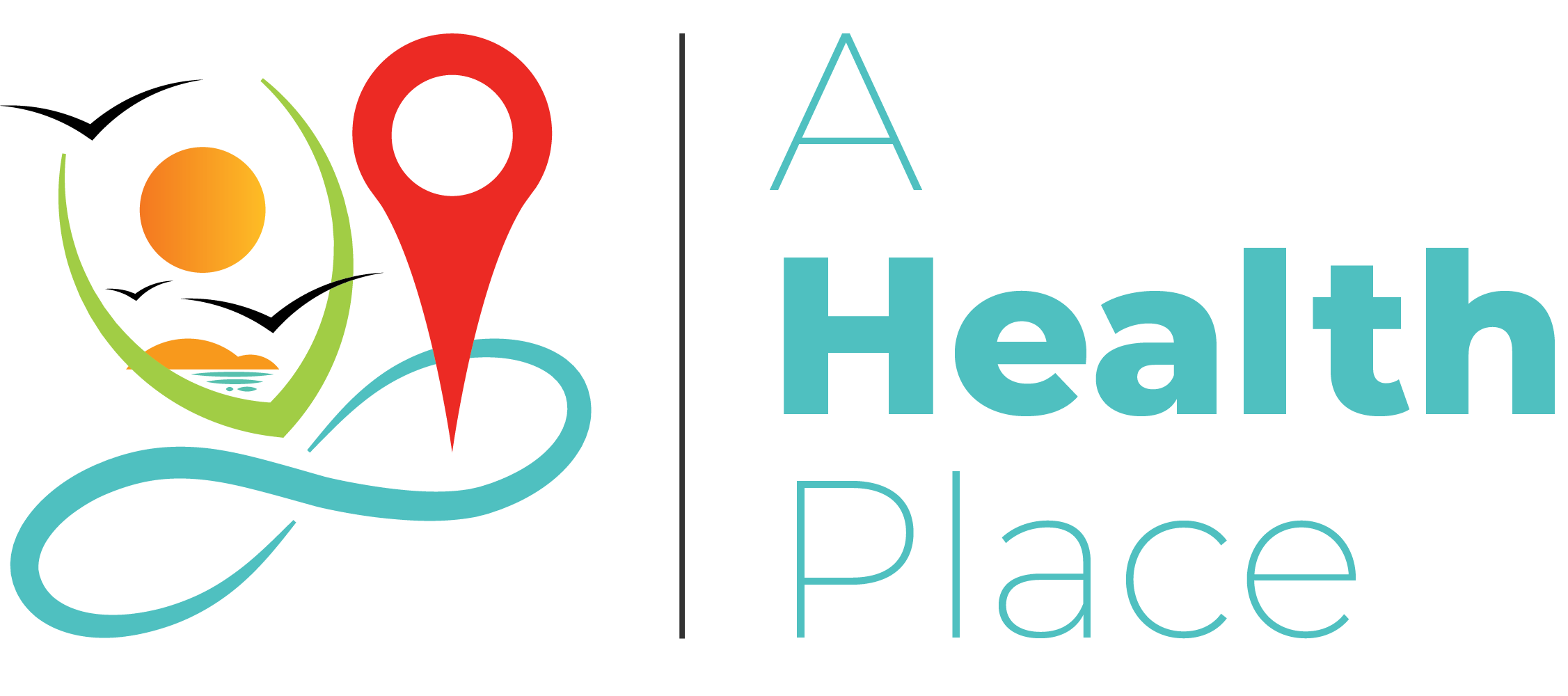What is Hypnic Jerk?
Hypnic jerk, also known as a sleep start or hypnagogic jerk, is a sudden involuntary muscle spasm that occurs as a person falls asleep. It usually happens during the transition from wakefulness to sleep, when the body starts to relax, and the brain begins to slow down. The sensation is often described as a feeling of falling, accompanied by a sudden, brief, and intense muscle contraction, which can cause the limbs to twitch, jerk or flail. Hypnic jerks are considered a normal part of the sleep cycle, and most people experience them at some point in their lives. However, they can be disruptive to sleep and may indicate an underlying sleep disorder.
Causes of Hypnic Jerk
Hypnic jerks, also known as sleep starts, are involuntary muscle movements or twitches that occur as a person is falling asleep. The exact cause of hypnic jerks is not known, but several factors have been identified that can contribute to their occurrence. These include:
- Stress and Anxiety: People who are experiencing high levels of stress and anxiety may be more prone to hypnic jerks.
- Caffeine Consumption: Consuming large amounts of caffeine, particularly before bedtime, can disrupt the normal sleep cycle and increase the likelihood of hypnic jerks.
- Certain Medications: Some medications, such as antidepressants, can affect the brain chemicals that regulate sleep and lead to hypnic jerks.
- Irregular Sleep Patterns: Not getting enough sleep or having an irregular sleep schedule can also contribute to hypnic jerks.
- Other Medical Conditions: Certain medical conditions, such as restless legs syndrome, can also increase the likelihood of hypnic jerks.
Symptoms of Hypnic Jerk
As hypnic jerks occur during the transition from wakefulness to sleep, the main symptom is a sudden, involuntary muscle movement or jerk that may cause the person to wake up. The movement usually lasts for a few seconds and may cause a person to feel a sense of falling, jumping, or even being startled. Other symptoms that may occur alongside hypnic jerks include increased heart rate, sweating, and a feeling of anxiety or panic. It is important to note that hypnic jerks are different from other sleep disorders, such as restless leg syndrome or periodic limb movement disorder, as they occur during the transition to sleep rather than during sleep itself.
Diagnosis of Hypnic Jerk
Hypnic jerks are typically diagnosed based on a patient’s medical history and reported symptoms. Doctors may perform a physical examination to rule out other possible conditions or underlying health issues that may be causing similar symptoms. In some cases, a sleep study may be ordered to monitor a patient’s brain waves, muscle activity, and other bodily functions during sleep. This can help doctors determine whether the patient is experiencing hypnic jerks or another sleep disorder, such as periodic limb movement disorder or restless legs syndrome.
Treatment of Hypnic Jerk
Hypnic jerks usually do not require treatment as they do not indicate an underlying health condition. However, if hypnic jerks are severe or disrupt the quality of sleep, treatment options may include:
- Sleep Hygiene: Practicing good sleep hygiene, such as avoiding caffeine and electronics before bed, and maintaining a consistent sleep schedule.
- Medications: Certain medications such as benzodiazepines, clonazepam, and melatonin may be prescribed to help reduce hypnic jerks and improve sleep quality.
- Therapy: Cognitive-behavioral therapy (CBT) can help manage stress and anxiety that may contribute to hypnic jerks.
- Muscle Relaxation Techniques: Relaxation techniques such as progressive muscle relaxation and deep breathing exercises can help reduce muscle tension and improve sleep quality.
Prevention of Hypnic Jerk
Hypnic jerks can be prevented by adopting healthy sleep habits, such as establishing a regular sleep schedule, avoiding caffeine and alcohol close to bedtime, and creating a calm and relaxing sleep environment. Regular exercise and stress-reducing activities like meditation can also help reduce the occurrence of hypnic jerks. If a medication is the cause of the hypnic jerks, consulting with a doctor to switch to an alternative medication or adjusting the dosage may help. It’s important to remember that hypnic jerks are a normal part of the sleep process and do not require treatment unless they are causing significant disruption to sleep or resulting in injury.
Complications of Hypnic Jerk
Hypnic jerks are generally not harmful and do not have any long-term complications. However, they can disrupt sleep and make it difficult to get a good night’s rest. In some cases, hypnic jerks may be a symptom of an underlying sleep disorder, such as periodic limb movement disorder or restless legs syndrome, which can lead to further complications if left untreated. Additionally, if hypnic jerks occur frequently and are accompanied by other symptoms, such as muscle weakness or loss of consciousness, it may be a sign of a more serious neurological condition that requires medical attention. It is important to consult with a healthcare professional if hypnic jerks are causing significant disruption to your sleep or daily life.
Conclusion
In conclusion, hypnic jerks can be an alarming experience, but they are generally harmless and common. The exact causes of hypnic jerks are not fully understood, but stress, caffeine consumption, and certain medications are some known contributing factors. While treatment options for hypnic jerks exist, prevention measures like establishing a regular sleep routine and reducing caffeine intake can also be effective. If you are experiencing hypnic jerks regularly and they are affecting your sleep, it’s important to speak with a healthcare professional for proper diagnosis and treatment.










Discussion about this post